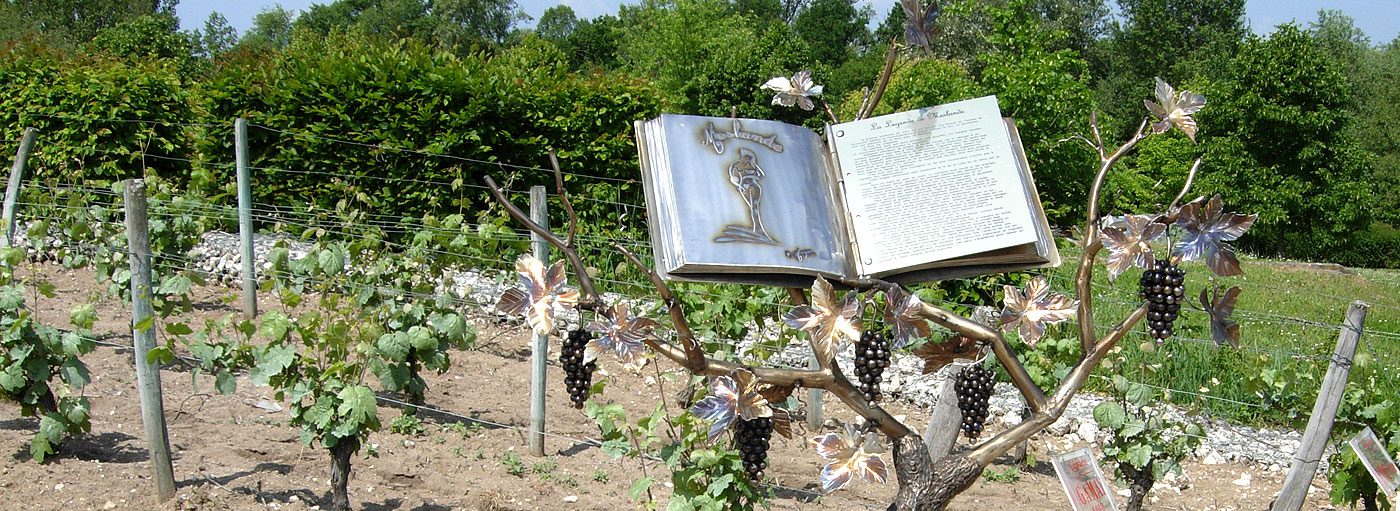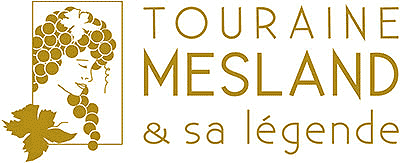
The vineyards of the Mesland and Monteaux region have a permanent existence from the middle of the 11th century to the present day. A diploma of Louis I the Pious manifested in 832, that the abbey of Marmoutier places the vine in the foreground of its agricultural resources in the territory near Chambon.
At the end of the 15th century, 220 arpents of vines (150 ha) were listed in the priory of Mesland. Some of these clos (la Perdrière, la Galetière, la Boucherie, a Morandière…) are still complantés today.
In the eighteenth century, the large censif of the priory of Mesland lists all the possessions of the Abbey on the two parishes of Mesland and Monteaux. The cadastre of 1833 attests to the presence of vines in the municipalities of Mesland, Monteaux, Onzain, Chambon-sur-Cisse, Chouzy-sur-Cisse and Molineuf, to the limit of Blois, where hillsides Grouets produced a wine popular. We found no indication of the grape varieties grown. However, the introduction of Black Gamay to White Juice is due to Cory’s family. The Countess of Montebise came in 1838 to live, after her marriage, the castle of Monteaux, advised planting this grape variety, in Beaujolais, was the vineyard of his parents. She brought the plants and a vine grower and that is how this grape variety spread in the country (J. de Cory).
Land of experimentation. Mesland was thus going to allow this fine grape variety to develop and progress in the Loire Valley, and thereby erase the memory of Gamay dyers of sad reputation. At the end of the nineteenth century, the time of all the dangers for the vineyards of France, the phylloxera and the crisis situation that it engendered will not spare Mesland. All the vineyard will have to be ripped off. The men of Mesland will replant as they had done in the past, but will also, when the time comes, show clairvoyance and courage to question and resume the path of the original vocation of their terroir. Mesland then began his march for the recognition of his Appellation. The great precedence of viticulture ensures letters of nobility to the appellation as a whole.
